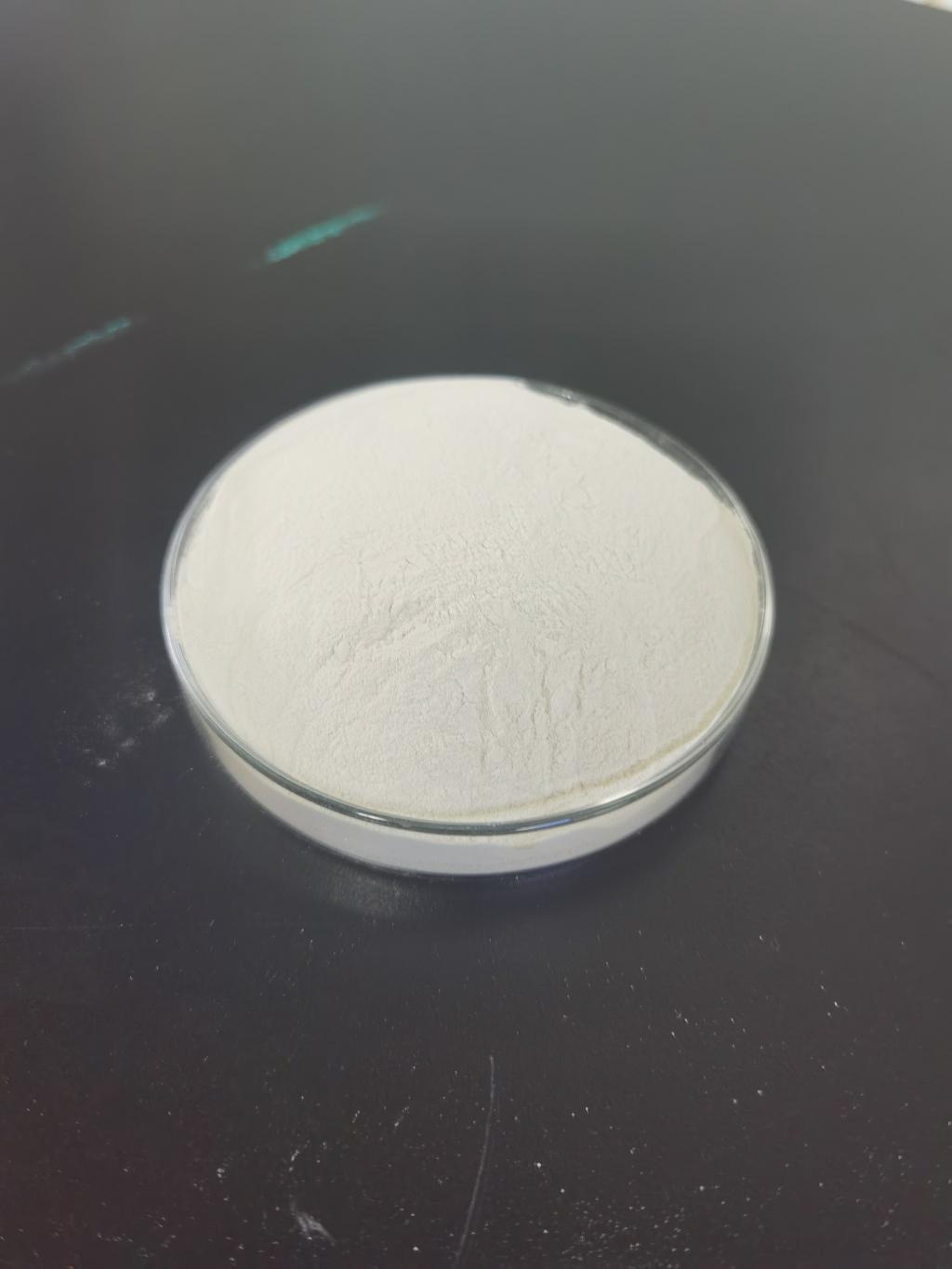Tel:0086 18231198596

News
Nisin's Contribution to the Safety of Fresh Produce in Local Markets
TIME:2024-03-07
Section 1: Challenges in Ensuring Fresh Produce Safety
Local markets are integral to the food supply chain, connecting farmers directly with consumers. However, several challenges impact the safety of fresh produce in these settings.
Subsection 1.1: Microbial Contamination
Microbial contamination, including bacteria, molds, and pathogens, poses a significant risk to fresh produce. Factors such as improper handling, storage, and transportation can contribute to the growth and spread of these contaminants, leading to potential health risks for consumers.
Subsection 1.2: Short Shelf Life
Fresh produce has a limited shelf life, and maintaining its freshness from harvest to consumption is crucial. Local markets often face challenges in managing the rapid deterioration of fruits and vegetables, impacting both food safety and economic sustainability.
Section 2: Understanding Nisin and its Antimicrobial Properties
Nisin, a natural antimicrobial peptide, is derived from the bacterium Lactococcus lactis. Its unique properties make it a promising candidate for addressing microbial contamination in fresh produce.
Subsection 2.1: Mechanism of Action
Nisin acts by disrupting the cell membrane of bacteria, leading to cell death. Its broad-spectrum antimicrobial activity, particularly against Gram-positive bacteria, provides an effective means of inhibiting the growth of spoilage and pathogenic microorganisms.
Subsection 2.2: Natural Origin and Safety
Nisin's natural origin aligns with consumer preferences for minimally processed and clean label products. Its safety for consumption and environmentally friendly characteristics make it an attractive option for enhancing the safety of fresh produce without compromising sustainability.
Section 3: Application of Nisin in Post-Harvest Handling
The post-harvest phase is critical in maintaining the quality and safety of fresh produce. Nisin's application in post-harvest handling offers a multifaceted approach to address various challenges associated with microbial contamination.
Subsection 3.1: Surface Disinfection
Nisin-based solutions can be used to disinfect the surfaces of fresh produce, reducing the microbial load and extending shelf life. Immersion or spray applications can effectively control bacteria on the surface of fruits and vegetables without affecting their sensory attributes.
Subsection 3.2: Coating and Edible Films
Nisin can be incorporated into edible films and coatings applied directly to the surface of fresh produce. These coatings act as barriers, preventing the growth of bacteria and molds, and preserving the quality of the produce during storage and transportation.
Section 4: Extending Shelf Life and Reducing Food Waste
One of the significant advantages of incorporating nisin in post-harvest handling is its potential to extend the shelf life of fresh produce, addressing concerns related to food waste.
Subsection 4.1: Inhibition of Spoilage Organisms
Nisin's ability to inhibit the growth of spoilage organisms, including bacteria and molds, contributes to the preservation of fresh produce. This inhibition minimizes the decay process, allowing fruits and vegetables to remain market-ready for a more extended period.
Subsection 4.2: Economic Impact
Extending the shelf life of fresh produce not only benefits consumers by reducing food waste but also positively impacts farmers and vendors. The economic sustainability of local markets improves as produce remains viable for a more extended period, reducing losses and enhancing overall profitability.
Section 5: Consumer Perception and Acceptance
Consumer perception plays a pivotal role in the successful adoption of nisin-treated fresh produce. Communicating the benefits of nisin in enhancing safety and freshness is crucial for gaining consumer trust and acceptance.
Subsection 5.1: Transparent Labeling
Clearly communicating the use of nisin in post-harvest handling through transparent labeling fosters trust and transparency. Educating consumers about the natural origin and safety of nisin enhances their confidence in choosing treated fresh produce.
Subsection 5.2: Sensory Attributes
Research on the sensory attributes of nisin-treated fresh produce is essential. Ensuring that the application of nisin does not compromise the taste, texture, or appearance of fruits and vegetables is crucial for consumer acceptance.
Section 6: Regulatory Considerations and Standards
The integration of nisin into post-harvest handling requires adherence to regulatory guidelines and the establishment of industry standards to ensure safe and consistent practices.
Subsection 6.1: Regulatory Approval
Regulatory bodies play a crucial role in approving the use of nisin in post-harvest handling. Collaborative efforts between researchers, industry stakeholders, and regulatory agencies are essential to streamline the approval process.
Subsection 6.2: Industry Standards
Establishing industry standards for the application of nisin in post-harvest handling ensures consistency and reliability across local markets. Standardized practices contribute to the widespread adoption of nisin-based solutions and create a framework for safe and sustainable fresh produce handling.
Section 7: Future Prospects and Challenges
As the integration of nisin in post-harvest handling continues to evolve, future prospects include exploring innovative applications and addressing challenges related to scalability, cost-effectiveness, and global market acceptance.
Subsection 7.1: Scalability and Accessibility
Ensuring that nisin-based solutions are scalable and accessible to a wide range of farmers and vendors is crucial for their widespread adoption. Research and development efforts should focus on cost-effective production methods to make nisin applications economically viable for local markets.
Subsection 7.2: Global Market Acceptance
The acceptance of nisin-treated fresh produce in global markets requires awareness and collaboration. International standards and regulations must be considered to facilitate the export of treated produce, contributing to the global effort to enhance food safety.
Section 8: Conclusion
Nisin's potential contribution to the safety of fresh produce in local markets presents a promising solution to challenges related to microbial contamination and short shelf life. By leveraging its natural antimicrobial properties in post-harvest handling, local markets can offer consumers safer and more sustainable produce. As research and development efforts progress, the successful integration of nisin holds the key to fostering a resilient and thriving ecosystem for fresh produce markets worldwide.

 CONTACT
CONTACT




